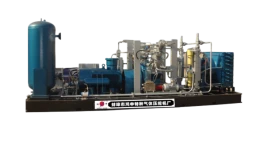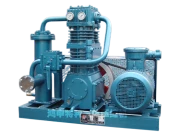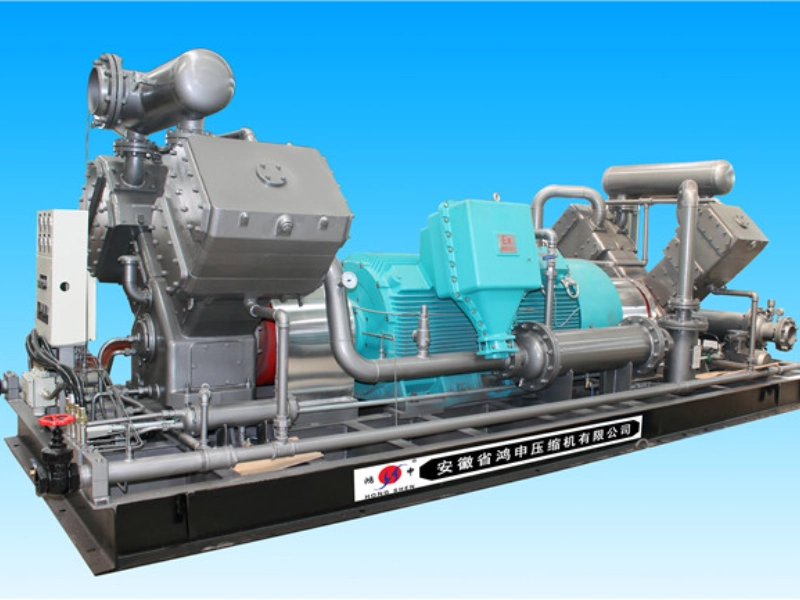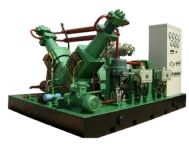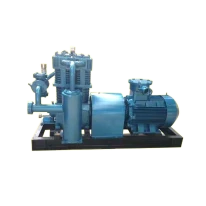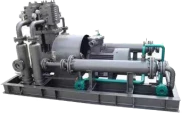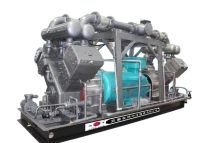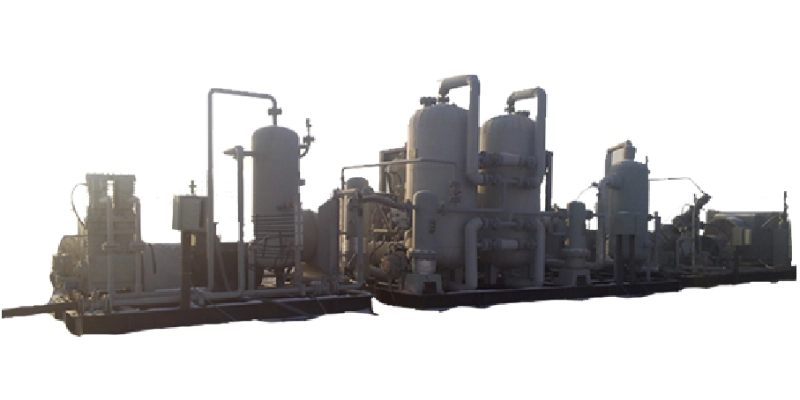Liquefied gas compressors are crucial pieces of equipment used to compress gases into a liquid state, enabling efficient storage, transportation, and use of gases like natural gas, propane, and butane. These compressors are commonly found in industries such as refrigeration, chemical processing, and liquefied natural gas (LNG) production. Below is a comprehensive guide to understanding liquefied gas compressors, their types, operation, and considerations for their selection and maintenance.
Function of Liquefied Gas Compressor
Gas Liquefaction: The compressor compresses the gas and significantly reduces its volume, which helps to convert the gas into a liquid at lower temperatures. This process is crucial for the efficient storage and transportation of gases, as liquefied gases occupy much less space than their gaseous counterparts.
Increase in Gas Density: By compressing the gas, the compressor can significantly increase the density of the gas, making the storage and transportation process more efficient. Liquefied gases take up less space, making them easier to store in high-pressure containers, reducing transportation and storage costs.
Promote Energy Use: Liquefied natural gas (LNG) and liquefied petroleum gas (LPG) are widely used as alternative energy sources or fuels. Liquefied gas compressors equipment provide the technological support needed for the production, storage, and transportation of these gases.
Cryogenic and Low-Temperature Applications: Liquefied gas compressors are also used in cryogenic cooling and refrigeration systems, helping maintain low-temperature environments in cold chain logistics and refrigeration systems, extending the shelf life of products.
Features of Liquefied Gas Compressor
High-Efficiency Compression:
Liquefied gas compressors operate under high pressure, compressing gas and converting it into liquid. Their high-efficiency compression capabilities make large-scale gas storage and transportation possible.
Adaptability to Various Gases:
Liquefied gas compressors are typically designed to handle different types of gases, including natural gas, nitrogen, helium, carbon dioxide, and various liquefied petroleum gases. This versatility makes them applicable across various industrial sectors.
High-Pressure Design:
Due to the high pressure involved in the compression process, liquefied gas compressors are designed to withstand high pressures, ensuring safe and stable operation under such conditions.
High Safety Requirements:
Liquefied gas compressors are often used to compress flammable and explosive gases, so their design must include features such as explosion-proof, leak-proof, and temperature monitoring systems. The high-pressure conditions can create potential hazards, so pressure relief devices and automatic shutdown functions are included to ensure safe operation.
Energy Efficiency:
With the advancement of technology, the energy efficiency of liquefied gas compressors device has improved. Modern compressors feature highly efficient mechanical and electrical designs that reduce energy consumption and lower operating costs.
Adaptation to Extreme Temperatures and Conditions:
Liquefied gas compressors can operate in extreme temperatures, especially when compressing gases to liquid at low temperatures. This ability allows them to be widely used in cold chains, gas storage, and transportation industries.
Continuous Stability:
Liquefied gas compressors are typically used in continuous industrial operations, so they are designed to provide long-term stable performance. These compressors have long service lives and require minimal maintenance.
Liquefied gas compressors play a critical role in modern industries by converting gases into liquid form for more efficient storage and transportation. With optimized designs and technology, liquefied gas compressors are meeting the growing demands for energy and refrigeration.

